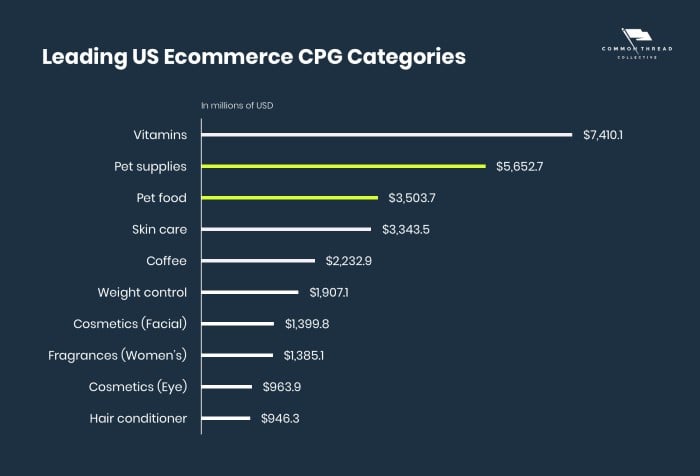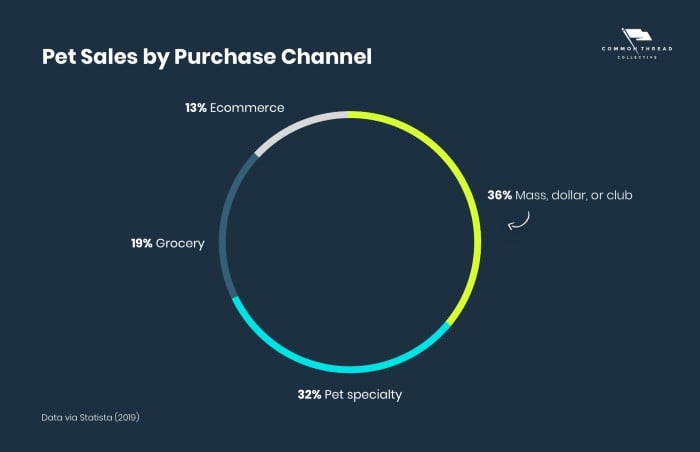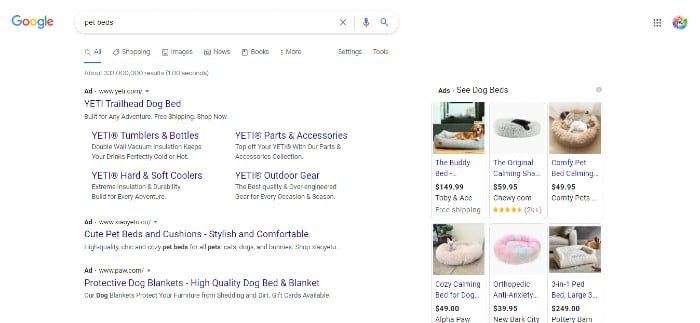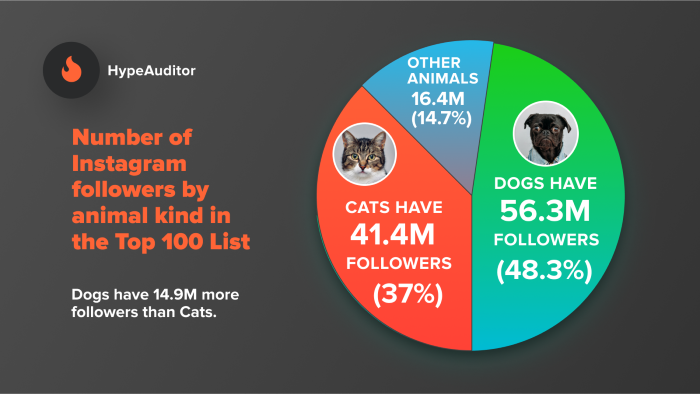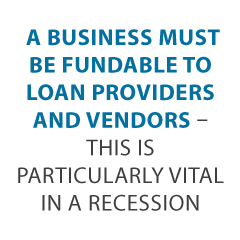
When Large Loans for Business Are Right for Small Business Owners
Will Large Loans for Business Work for Your Business?
For business owners looking to scale, the old adage often rings true: “It takes money to make money.” You need funding to hire team members, manufacture products, buy equipment and cover marketing or administrative costs. All that adds up fast, leaving business owners on the hunt for financing. But when it comes to determining the size and kind of loan that is right for your business, you need to weigh long-term impact with short-term rewards. You need to determine if large loans for business will work for you.
Large loans for business loans tend to be $500,000 or more. They may be a good option for entrepreneurs who need revenue but want to maintain ownership of their small business.
According to Matt Schulz, chief credit analyst at LendingTree, “Finding investors or partners can work, too. However, those partnerships can come with a lot of baggage.” He adds, “For those who are interested in maintaining control over their business, a business loan might be preferable to adding more cooks in the kitchen.”
Here’s when to consider a large business loan for your small business and what you need to know before taking out the loan.
Consider taking out large loans for business when…
You need to buy new equipment
Whether you’re upgrading existing equipment or buying new tools, using large business loans to fund the initial purchase can be a good option, if you know the risks.
“It’s important to understand that large business loans often require collateral,” Schulz explains. “If you’re using the loan to buy new equipment, the equipment may be the collateral for that loan.”
That means you may have to surrender your new tools if you can’t pay the bills. But using equipment as the collateral tends to be less risky than offering other parts of the business (or even personal assets) instead.
It’s time to move into a bigger space
Owning your own office has its advantages, including potential tax breaks and the ability to customize the space. But it can also come with a hefty price tag. Especially if you want to own a storefront in a popular retail space with a lot of foot traffic.
Enter commercial real estate loans. On average, this financing option covers 60% to 90% of the property’s value, up to $1 million. Since you’ll own the property, your equity will build over time. Plus you’ll have the benefit of an asset that is likely to grow in value. Like a loan for equipment, a commercial real estate loan is secured by the actual property. This means you may lose the real estate if you fall behind on your payments. But you can always consider renting the space if your own business doesn’t take off like you planned.
You want to buy an existing business
If you’re looking to buy a competitor or buy into a franchise, large loans for business can provide the capital you need to make the purchase. When it comes to how much you can qualify for, , you’ll need to provide the lender with a business valuation. Typically, the stronger the valuation, the more funding you’ll receive.
Use the loan for items secured by collateral, like office space or equipment, or for intellectual property. But a loan not secured by collateral will be harder to qualify for and have more restrictions. You may also have to lean more on your personal credit score and business cash flow to prove to the lender that you can pay them back.
Three key points to remember when you take out large loans for business
-
Large business loans are harder to secure
Per a recent survey, business applications were up 69% in April 2021 compared to the previous year. But those new businesses will have to temper their lending expectations. Large loans for business are often reserved for businesses in operation for at least three years. Strong cash flow, profit and loss statements and credit history also play an important part in getting these loans. .
“If you’re just getting your business off the ground,” Schulz explains, “a personal loan or a small business credit card is a better choice. They may not be as sizable as your typical large business loans, but they’re available to companies that are just getting started.”
As large business loans are harder to qualify for than some other funding options, it may take more time and effort to get them.
“Larger banks may be more willing to give larger loan amounts than smaller banks,” Schulz says. “As with any loan or any type of financial transaction, shopping around is really important. That first offer that you’re given may not be the best one you can get, so take your time.”
-
Many large loans for business require collateral
As mentioned above, large business loans are risky for lenders. To reduce that risk, lenders tend to require collateral.
You can offer equipment, invoices, office buildings and even personal assets as collateral. Lenders can legally seize these items if you fail to make timely payments. It’s particularly risky to offer personal assets like your house as collateral. Because if the business struggles, you could lose both the business and your home at once.
So while they’re difficult to find, not all loans will require collateral.
“You can find large business loans without collateral,” Schulz says, “but the loans might be smaller and the interest rates possibly higher.”
-
Large business loans come with large risk
The higher the business loan, the higher the risk that comes with it. Paying back $2,000, even if it requires help from personal assets, might not break you financially. But trying to come up with $450,000 could.
Business owners should consider this with care, , especially in tumultuous economic times like what we’ve experienced in the last year following the coronavirus pandemic.
“In any economy, it is risky to take on debt,” says Shulz. “In a volatile, wildly unpredictable economy like ours today, it can be even more challenging.
“The best advice is some of the oldest: Know thyself. If you are comfortable with the risk that comes with taking on a large business loan and think that it could be an important tool to help take your business to the next level, go for it. Just be sure to shop around and know the details of the loan before you sign on the dotted line.”
Ana Gotter is a business and financial writer with years of experience creating content on topics including personal loans, financial planning, business management, and business finances.
The post When Large Loans for Business Are Right for Small Business Owners appeared first on Credit Suite.




